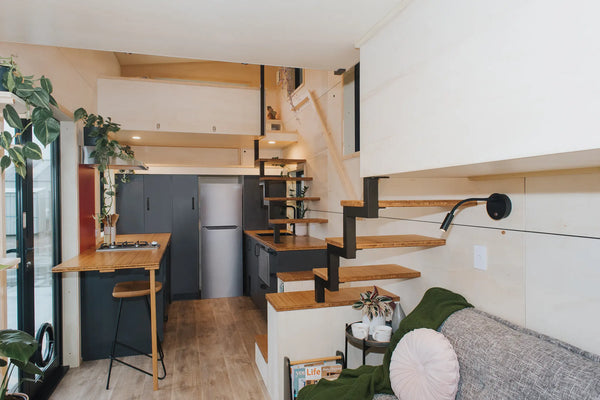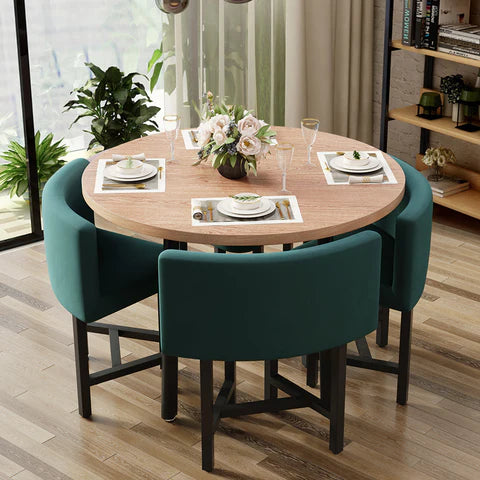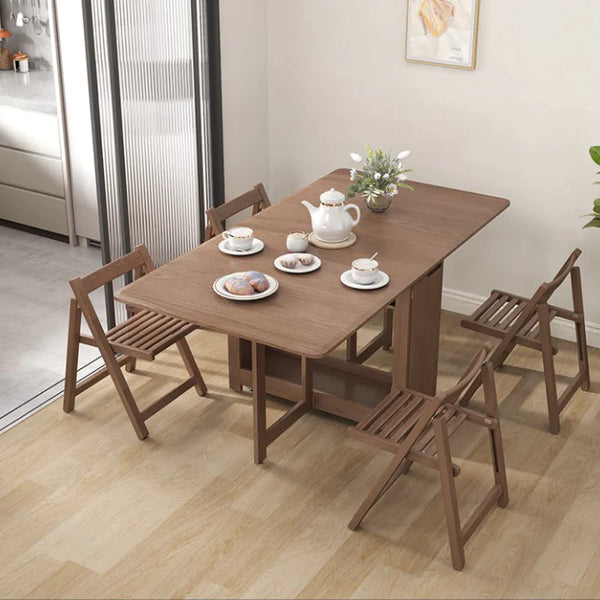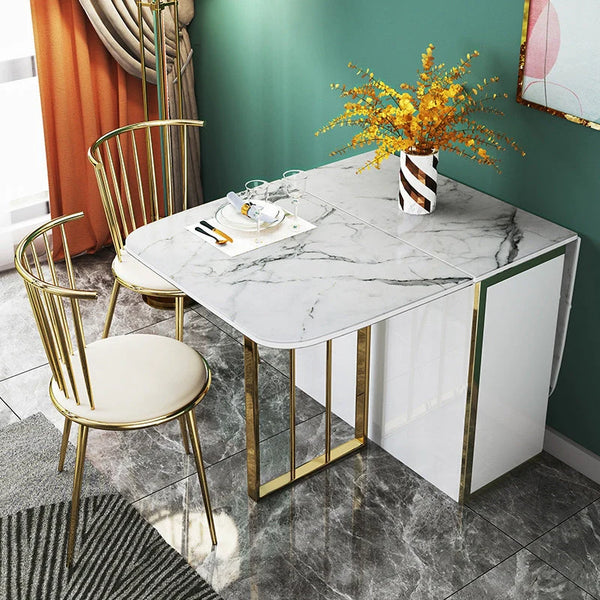How Much Is a Japanese Soaking Tub?
How Much Is a Japanese Soaking Tub?
Introduction
Are you looking to add a touch of luxury and relaxation to your bathroom? If so, then a Japanese soaking tub might be the perfect choice for you. These gorgeous tubs have become increasingly popular in recent years due to their ability to provide an unparalleled level of comfort and serenity. But how much does a Japanese soaking tub cost? In this article, we'll explore the factors that affect pricing so that you can make an informed decision when it comes time to purchase one. So, if you're ready to learn more about what makes these luxurious baths so special - and how much they cost - then read on!

What is a Japanese Soaking Tub?
History and tradition
Japanese soaking tubs have a long and rich history that dates back centuries. The first of these luxurious baths was believed to be used in Japan during the Edo period (1603-1868). The traditional design of the tubs has remained largely unchanged over time with a deep, round base and sloping sides that provide an ideal environment for relaxation. The tubs were traditionally made of wood, but today they are often crafted from more modern materials such as porcelain or acrylic.
Design and features
Japanese soaking tubs provide a unique bathing experience that is both relaxing and luxurious. These deep, cylindrical tubs are designed to provide users with an immersive experience in which they can soak and relax while surrounded by warm water. Depending on the size of the tub, materials used in construction, and any additional features it may have, Japanese soaking tubs can range widely in price from a few hundred dollars to thousands of dollars. When considering purchasing one of these beautiful baths for your home, it's important to understand how much you can expect to pay for a Japanese soaking tub.
Types of Japanese Soaking Tubs
Wood
Japanese soaking tubs are becoming increasingly popular in the Western world as people discover their many benefits. These tubs, also known as Ofuro, are traditionally made of wood and offer a luxurious bathing experience that is both relaxing and therapeutic. They come in all shapes and sizes, making them perfect for any bathroom design. But before you buy one of these beautiful tubs, it's important to know how much they cost so you can plan your budget accordingly. In this article, we'll look at the factors that influence the price of a Japanese soaking tub and explain why it might be worth investing in one for your home.

Acrylic
Acrylic Japanese soaking tubs are becoming increasingly popular due to their affordability and durability. These tubs are designed to keep water hot for extended periods, allowing for a more relaxing and therapeutic experience.
Compared to traditional wooden tubs, acrylic tubs are much easier to clean and maintain. They are resistant to stains and scratches, making them a practical and low-maintenance option for those who want to enjoy the benefits of a Japanese soaking tub without spending a ton of money.
Copper
Introducing Copper-Type Japanese Soaking TubsFor those seeking a more luxurious way of soaking in style, copper-type Japanese soaking tubs provide a perfect solution. These tubs are a premium option that offers several benefits over other materials like acrylic.
Copper is renowned for its exceptional heat retention properties, which allow for water to be kept warmer for longer periods compared to other materials. This allows for a more rejuvenating and therapeutic experience.
In addition, copper is an attractive material that ages gracefully over time, developing a unique patina that adds character to the tub. It is also naturally resistant to bacteria, making it an excellent choice for those who value hygiene.
While copper soaking tubs come with a higher price tag than acrylic options, they are worth the investment for those who want a more indulgent spa experience. Plus, these tubs are built to last with minimal maintenance required.
In summary, copper-type Japanese soaking tubs are an excellent option for those who want a high-quality, luxury soaking experience. They offer superior heat retention, natural resistance to bacteria, and an attractive appearance that ages beautifully over time.

Stainless steel
Stainless steel Japanese soaking tubs are a fantastic option for those seeking a sleek and modern aesthetic. These tubs offer high durability and low maintenance, making them ideal for those who don't want to spend a lot of time cleaning.
Stainless steel also retains heat well, ensuring a comfortable soaking experience. Unlike copper, stainless steel won't develop a unique patina over time, but it is highly resistant to corrosion and rust.
While stainless steel tubs may have a higher upfront cost than acrylic options, their long lifespan and exceptional performance make them a worthwhile investment for any homeowner.
Stone
Stone Japanese-style soaking tubs add a touch of elegance and natural beauty to any bathroom. Carved from natural stone, these tubs offer a unique aesthetic that perfectly blends modern and traditional styles.
In terms of functionality, the stone is an excellent material for soaking tubs. It provides excellent heat retention while also adding a natural spa-like feel to the bathroom. This can help create a relaxing and calming environment perfect for unwinding after a long day.
Moreover, the stone is incredibly durable, making it resistant to scratches, stains, and damage from chemicals often found in cleaning products. This means that stone soaking tubs are not only beautiful but also practical and long-lasting. With proper care and maintenance, they can last for decades, making them a great investment for any homeowner.
Although stone Japanese-style soaking tubs may come with a higher price tag than other materials, they are a worthwhile investment for discerning homeowners who value natural beauty, durability, and exceptional performance. They are also available in a variety of shapes and sizes, allowing you to find the perfect tub to fit your bathroom's unique design.

Factors Affecting the Cost of a Japanese Soaking Tub
Material
Japanese soaking tubs, also known as Ofuro, have grown in popularity due to their aesthetic appeal, water conservation, and health benefits.
The cost of a Japanese soaking tub varies greatly depending on the material used to construct it, with the most affordable options made of acrylic or fiberglass costing around $1,000, while more luxurious models made of wood or stone can run upwards of $10,000.
The choice of material not only affects the overall cost but also impacts the tub's durability, maintenance requirements, and physical experience. Wooden tubs, for example, offer a traditional look and feel and require regular maintenance, while stone tubs can be heavy and expensive but provide a unique spa-like experience.
Size
Japanese soaking tubs, also known as Ofuro tubs, have gained popularity in Western countries due to their unique design and luxurious feel.
The cost of a Japanese soaking tub varies depending on several factors, with size being a major determinant. The larger the tub, the more expensive it will be. On average, a small to medium-sized Japanese soaking tub can cost between $3,000 to $5,000, while larger tubs can cost upwards of $10,000.
Other factors that can affect the cost include materials used, installation and delivery fees, and additional features such as jets or LED lighting.
Ultimately, the cost of a Japanese soaking tub will depend on individual preferences and budget.
Customization
Customization is an important factor affecting the cost of a Japanese soaking tub. Homeowners who want a truly personalized experience can choose from a range of custom features and options, including unique shapes, sizes, and materials.
Some tub manufacturers offer customization options such as built-in seating, a non-slip floor, or even a massage system. Additional costs for customization can vary greatly depending on the complexity of the design and the materials used.
In general, the more customized a Japanese soaking tub, the more expensive it will be, but the result is a truly unique and personalized sanctuary perfect for relaxation and healing.
Additional features
Aside from the material and size, additional features can also affect the cost of a Japanese soaking tub.
Some of these features include jets for a massage-like experience, LED lighting for ambiance, built-in seating, and a non-slip floor for safety. These features can elevate the overall spa-like experience of the tub, but they also come with an additional cost.
The prices for these customizations can vary greatly depending on the complexity of the design and the materials used, with the more personalized options costing more.
Ultimately, the cost of a Japanese soaking tub will depend on individual preferences and budget, and the additional features that one desires.

Installation
In addition to material, size, and customization, the installation also affects the cost of Japanese soaking tubs. The installation process can be more complex than that of traditional tubs, as the tubs are deeper and typically require a dedicated water heater, drainage system, and surrounding platform.
However, for those who want a Japanese soaking tub but are concerned about installation costs, there are portable options available. These tubs are designed to be lightweight and easy to install, and they can be set up in any room with access to hot and cold water. Portable Japanese soaking tubs are a great option for renters or those who want the experience of a traditional Japanese soaking tub without the hassle and cost of a permanent installation.
Price Range of Japanese Soaking Tubs
When considering the price of a Japanese soaking tub, it's important to understand the materials used in its construction and how they impact the overall cost. For example, entry-level tubs are typically made of more affordable materials such as acrylic or fiberglass. While these materials may not offer the same level of luxury and authenticity as higher-end options, they can still provide a comfortable and relaxing bathing experience at a more affordable price point.
Mid-range options, on the other hand, are often made of higher-quality materials such as cedar or hinoki wood. These materials are prized for their natural beauty and durability and can provide a more authentic and luxurious experience compared to entry-level options. However, they also come with a higher price tag.
At the high end of the price range, you'll find Japanese soaking tubs made of premium materials such as copper, bronze, or stainless steel. These materials not only offer unparalleled durability but also add a unique and stylish element to your bathroom. While the cost of these tubs may seem prohibitive to some, they are often seen as a long-term investment that can add significant value to your home.

Pros and Cons of Investing in a Japanese Soaking Tub
If you're thinking about investing in a Japanese soaking tub, it's important to weigh the pros and cons to decide if it's the right choice for you.
Pros
1. Relaxation: Japanese soaking tubs are designed for ultimate relaxation, with deep, hot water to soothe sore muscles and calm the mind.
2. Health benefits: Studies have shown that soaking in hot water can help lower blood pressure, reduce stress hormones, and improve circulation.
3. Aesthetics: Japanese soaking tubs are often made from high-quality materials like wood or stone and can add a beautiful, spa-like element to your home's design.
Cons
1. Price: As mentioned earlier, Japanese soaking tubs can be quite expensive, especially larger models made from high-end materials.
2. Maintenance: Some types of Japanese soaking tubs require more maintenance than traditional tubs, especially wooden models that need regular cleaning and sealing.
3. Installation: Depending on the size and location of your tub, installation can be more complicated and require professional help.
In the end, the decision to invest in a Japanese soaking tub is a personal one that depends on your priorities and budget. If you're looking for a luxurious and relaxing addition to your home, a Japanese soaking tub may be worth the investment.
Conclusion
In conclusion, Japanese soaking tubs offer a luxurious and relaxing bathing experience that can provide numerous health benefits. They come in a range of materials and sizes to suit different budgets, but all require some level of maintenance and installation. Ultimately, whether or not you invest in one depends on your personal preferences as well as how much you are willing to spend. If the cost is within reach, however, it may be worth considering adding a Japanese soaking tub to your home for an unparalleled relaxation experience!





















